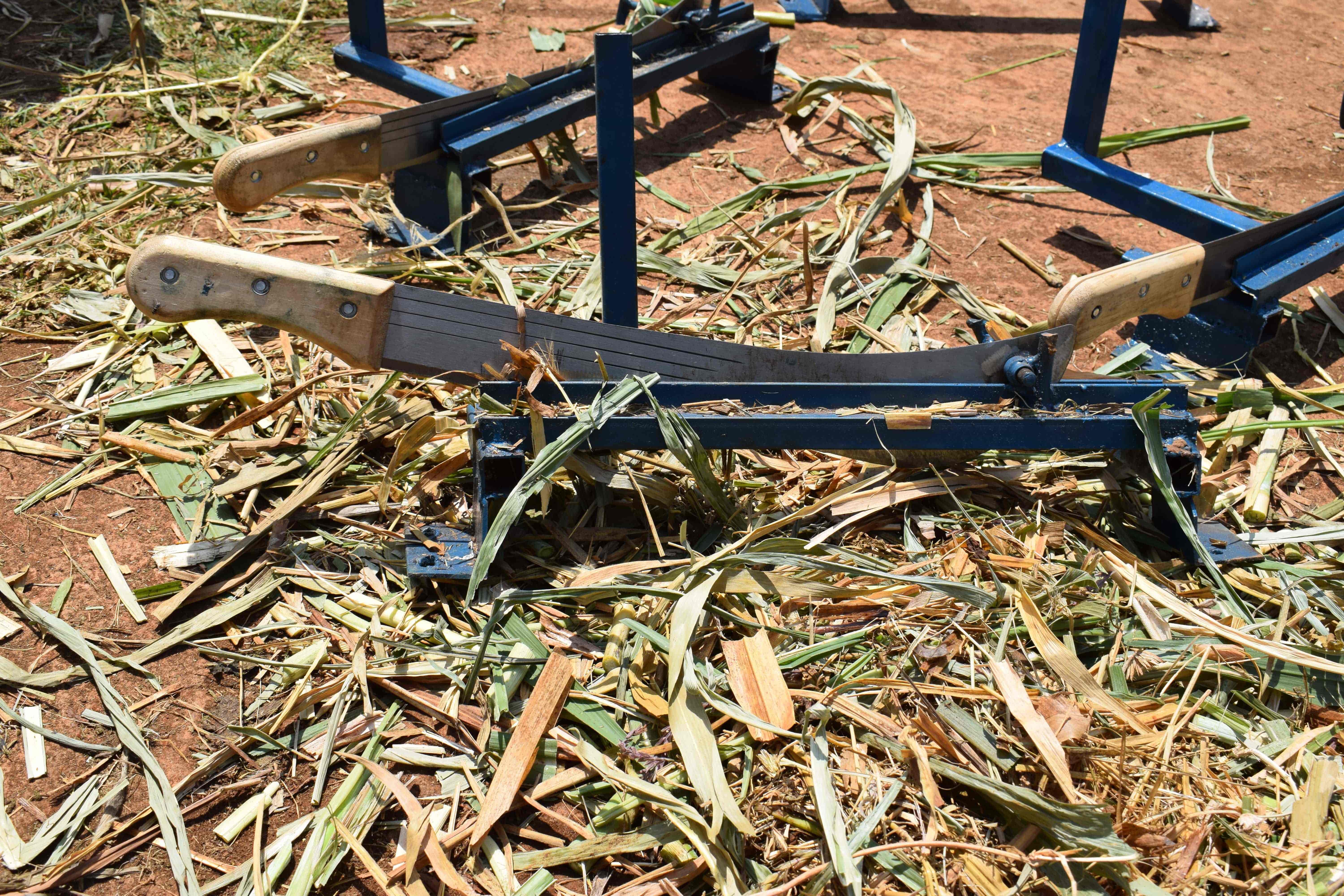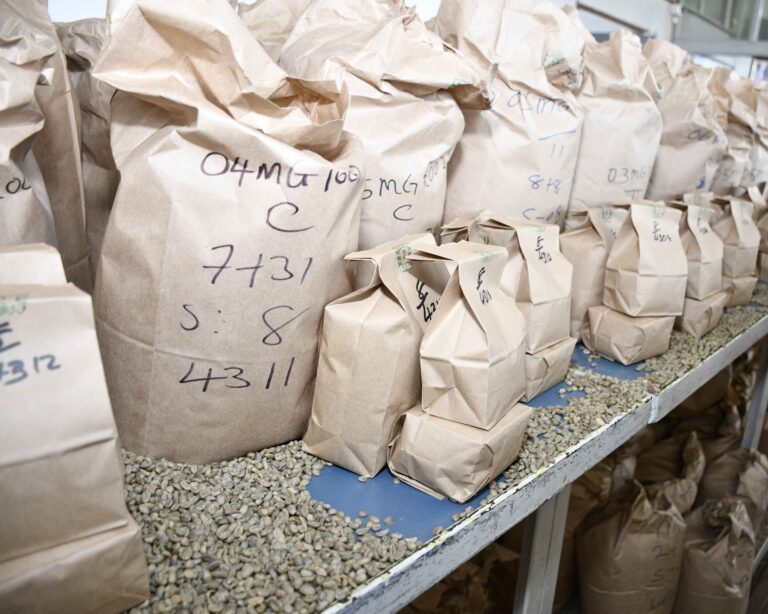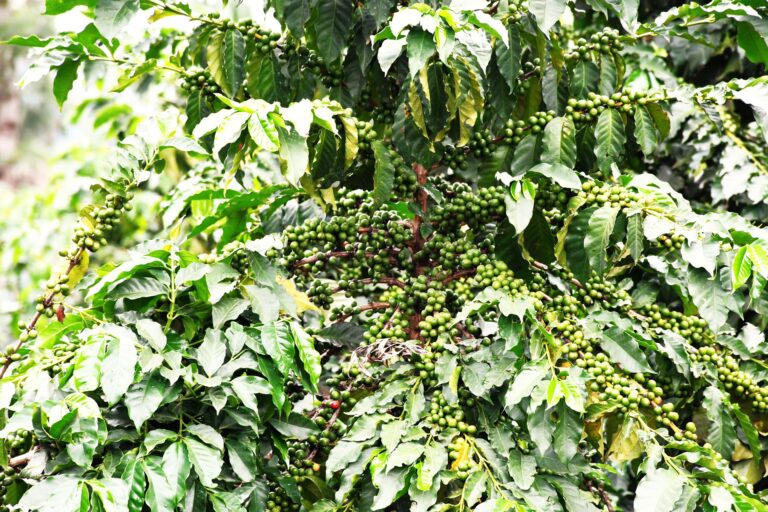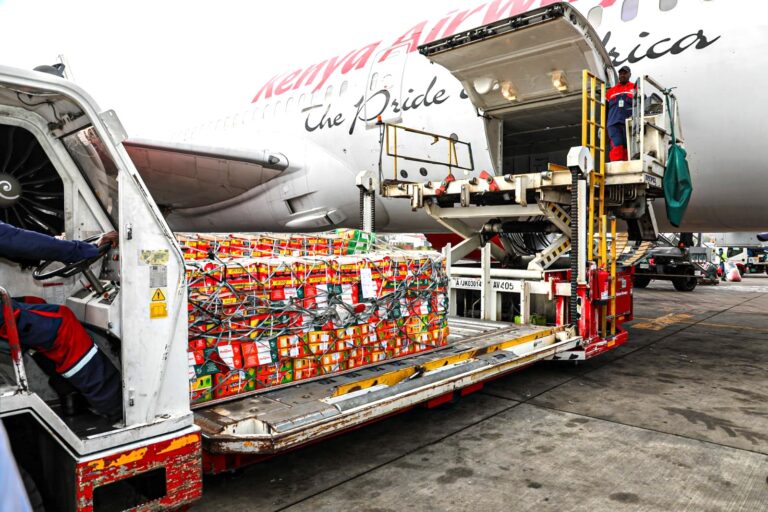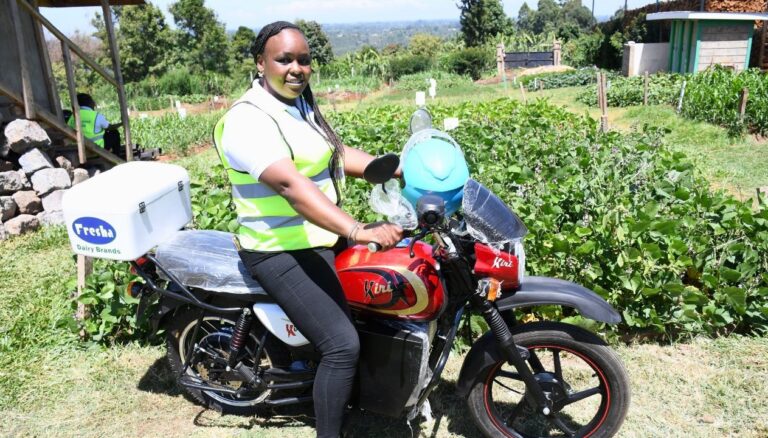It is an open secret that the high cost of production in Kenya has affected the profit margins of many farmers. Specifically, when we talk about livestock keeping, the high cost of animal feeds has led to some farmers abandoning it or end up using poor, cheap animal feed. But what drives up the cost of animal feeds?
In Kenya, maize is in high demand in animal feed manufacturing. Ugali is also a staple food in Kenya so we can rightfully say human beings compete for maize with livestock. This, coupled with the levels of production and maize politics ends up driving the animal feed prices up and sometimes maize flour.
Let us look at hay. Hay is made from several kinds of grass. Let us look at a farmer who has planted Rose grass to be used in making hay. When it comes to harvesting, most farmers do not have baling machines so probably he will hire one. The machines are not many therefore the farmer will take some time before finding one. This means that the grass will be baled some weeks after harvesting hence losing some quality. The baling machines for hire mostly charge per bale, therefore, they will try to make as many bales as possible to earn maximum profit and some may end up not being properly baled. There is also a possibility of the farmer being overcharged as the few machines available take advantage of the situation. When a fellow farmer comes to buy the hay, it must be correctly loaded into the transporting vehicle which means more manpower hence higher cost.
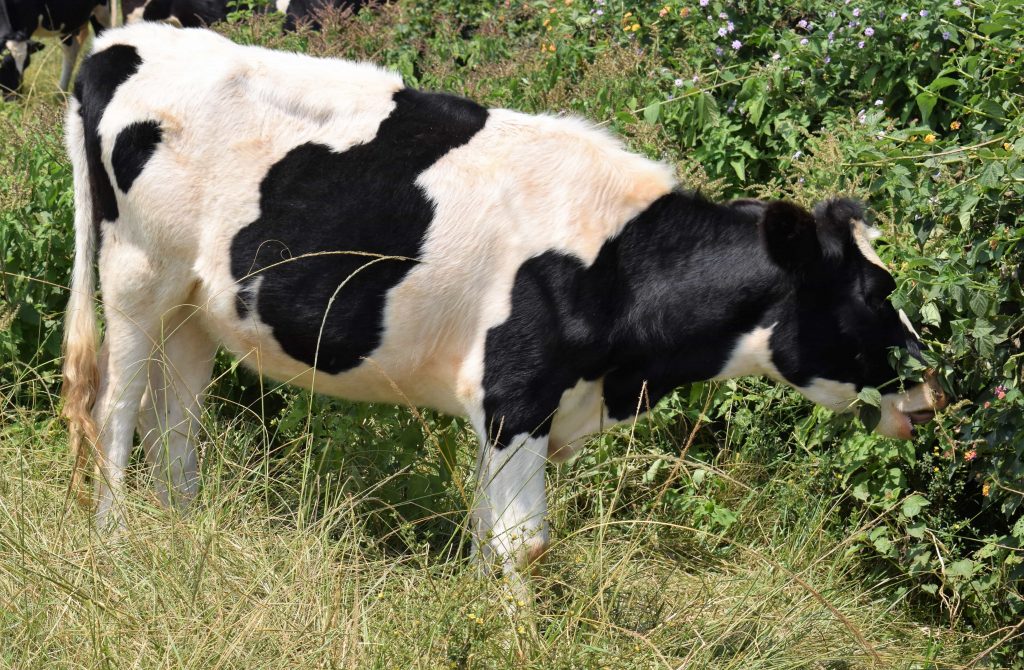
All the costs here are being transferred to the farmer who will buy the hay at the final stage for use at the farm. Let us also remember that there is no standard weight of a hay bale, therefore, some bales will be smaller than others. Perhaps it’s the time we explored the possibility of having a standard weight for a hay bale. When the vehicle transporting the hay reaches the county officials to pay cess, again it is charge per bale adding extra costs to that single bale of hay. Perhaps it is also time we lobbied County governments to charge cess per kgs. Due to the bulkiness of hay, the vehicle transporting it might end up carrying half its capacity which means more transport charges when transporting huge volumes.
When the hay bale reaches the farmer at the farm finally, he/she will have paid for the added expenses incurred. Most farmers also on the farm don’t have the correct chopping machines and may end up with 80% of what they bought after chopping. The chopping machines in the market are not standardized. Each chopping machine is made according to the manufacturer’s specifications. Such inefficiencies and others not captured here in the fodder value chain lead to the increase of production costs to farmers. Solutions require a collective intervention by farmers, industry players and the government as some of them requires policy intervention.


